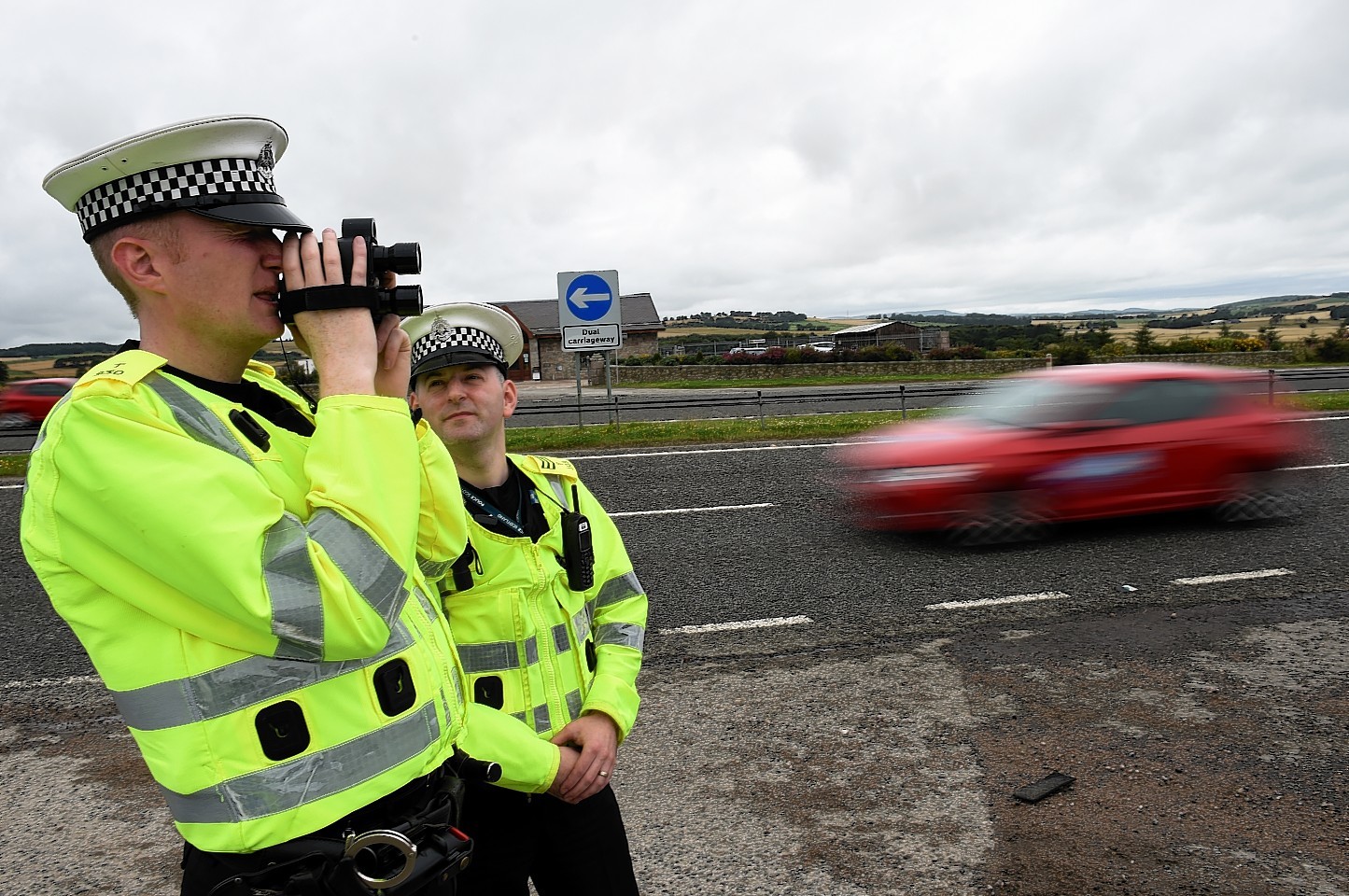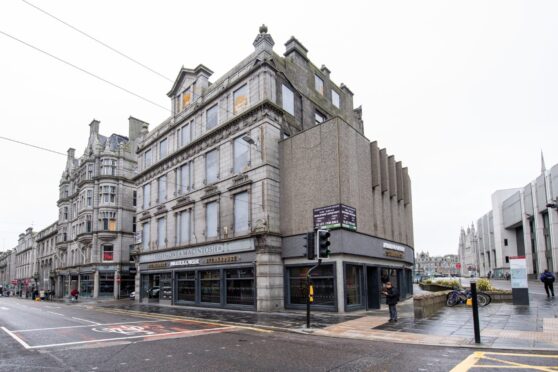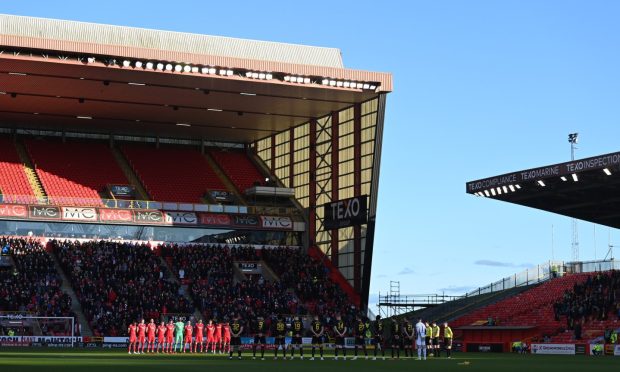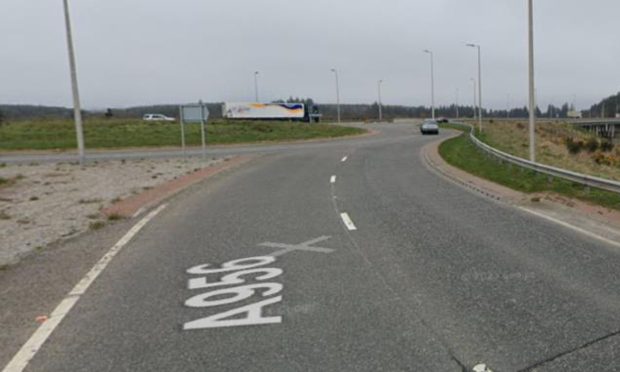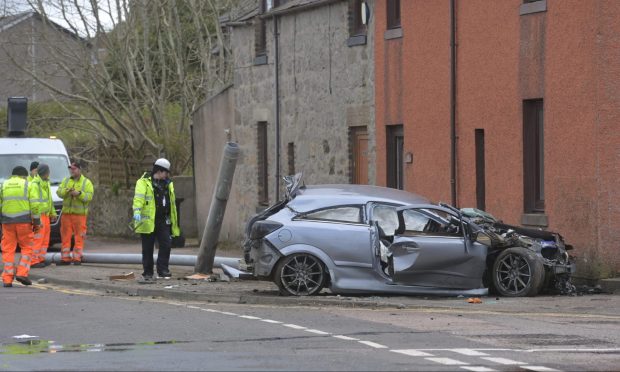Thousands of north-east motorists have been caught speeding by just two speed cameras over the past three years, the Press and Journal can reveal.
More than 2,500 drivers have had to fork out fines after they were snared by mobile cameras since 2013.
There are currently six mobile devices in operation across the north-east, with nine fixed cameras in place.
Figures obtained by the P&J show the mobile device which accrued the most fines in 2013 and 2014, was stationed on North Esplanade West, Aberdeen, near its junction with Raik Road, with 2,334 in total.
While, last year, a camera at the Laurencekirk junction of the A90 Aberdeen to Dundee road amassed the highest amount of fines, with 247.
But Nescamp, who is responsible for managing cameras in the region, has refused to disclose which fixed devices have led to the most fines being issued.
The organisation has argued that releasing that information could put motorists and pedestrians at risk as it could lead to the perception that the chances of being recorded speeding is lower at certain sites.
In its response, which was issued by the police, the organisation said: “This could encourage the use of higher or excessive speeds by motorists, thereby diminishing attempts by the police to reduce crime and increasing the potential for injuries to road users and pedestrians.”
Last night, the Association of British Drivers said Nescamp’s decision was “ridiculous”.
Hugh Bladon, a founding member of the association, said: “I’m just astonished that they think they can get away with a statement like that.
“As far as I’m concerned, freedom of information means you should be able to get information if you want it, unless of course there’s a security risk or something else.
“But to try and pretend that letting people know what cameras are taking the most photograph is dangerous is ridiculous.
“The public has a right to know this. What have they got to hide?
“The inference is that if they don’t want the information out, then there’s something a little bit suspect about that.
“Questions like these must be asked to determine how these cameras are being used and whether speed limits are appropriate on certain sections of road.”
A spokeswoman for Nescamp said: “The decision of Police Scotland’s FOI department included a public interest test and was upheld by Scottish Information Commissioner.”
